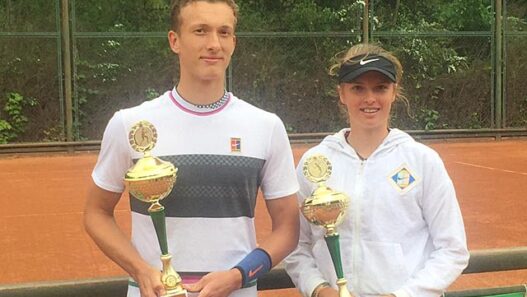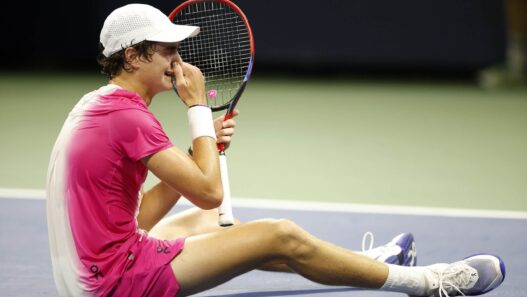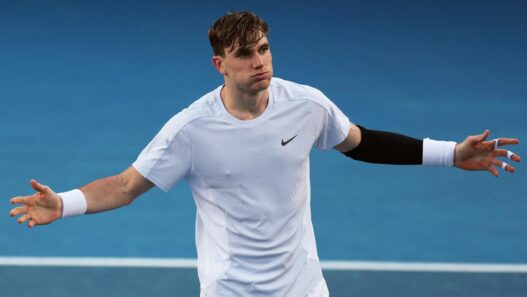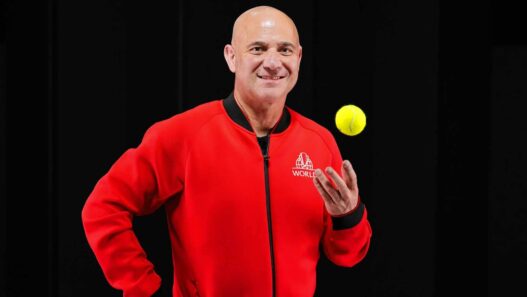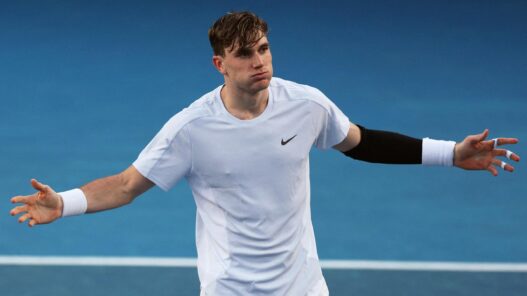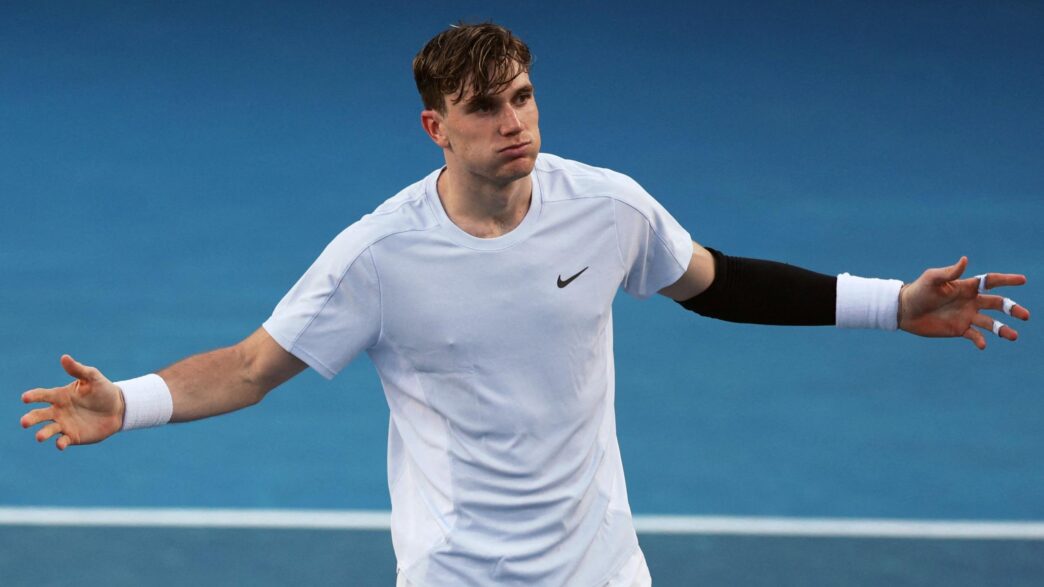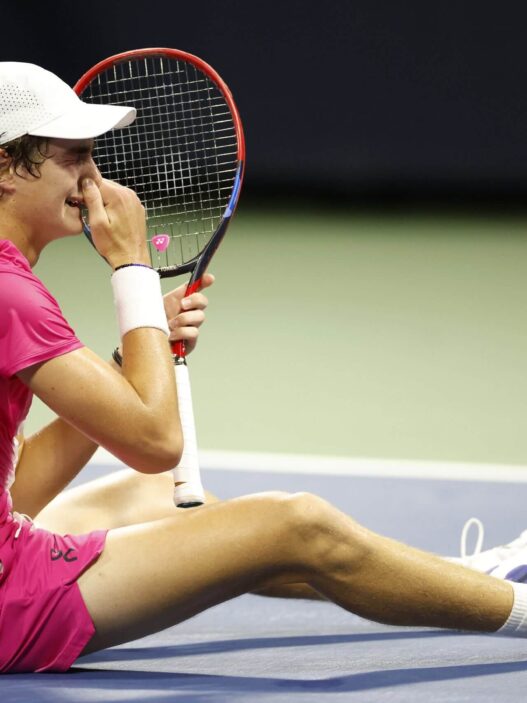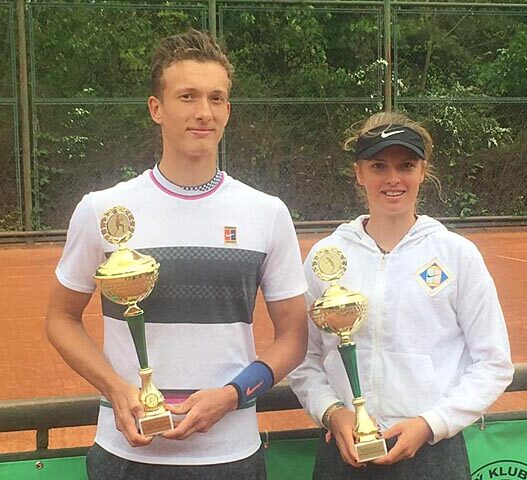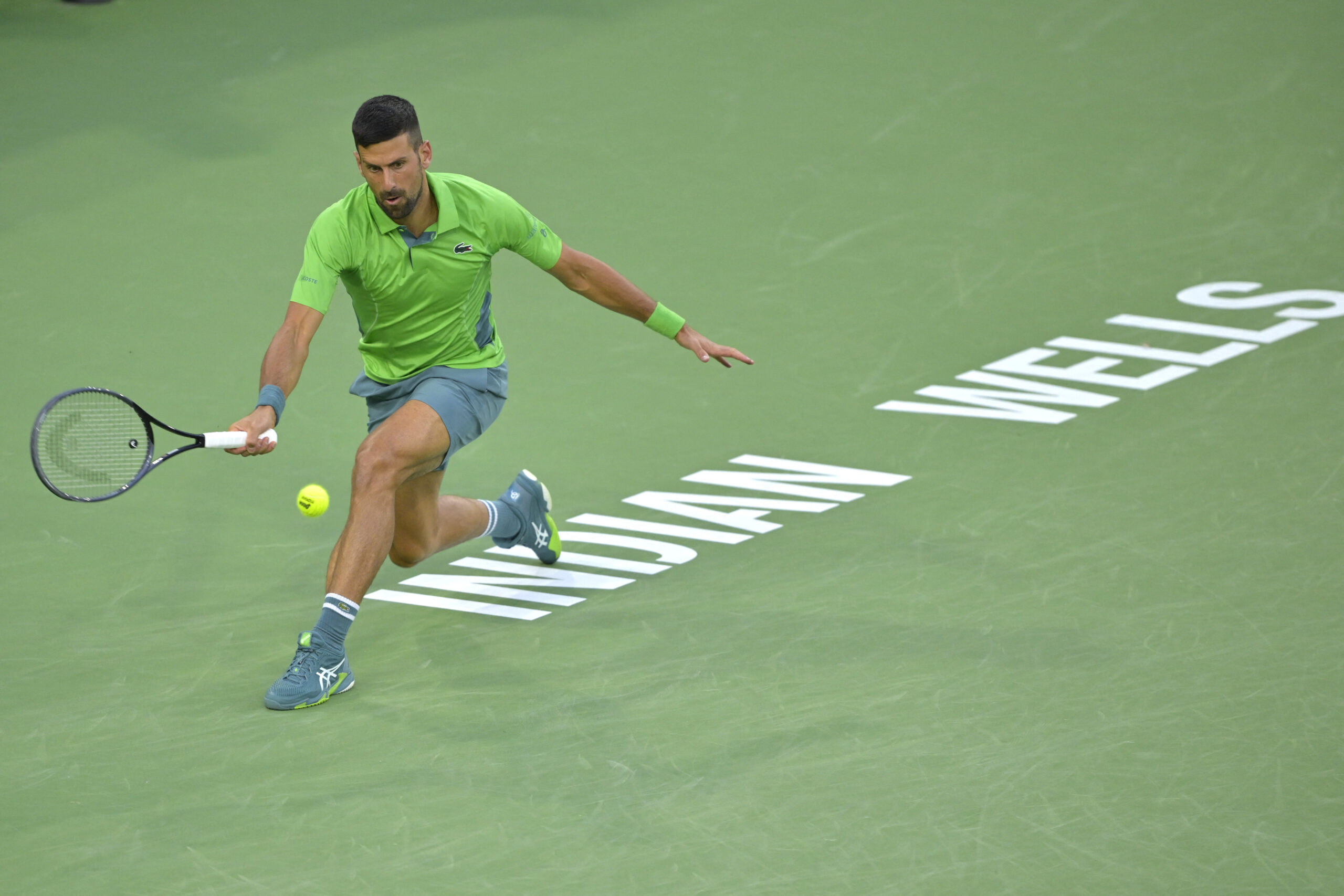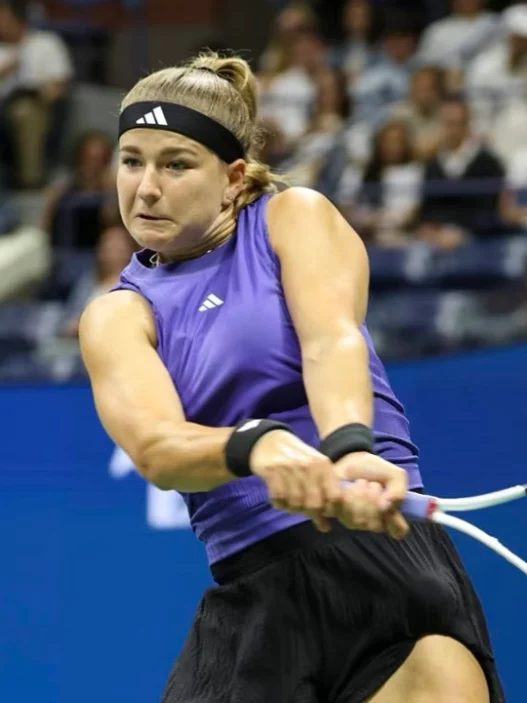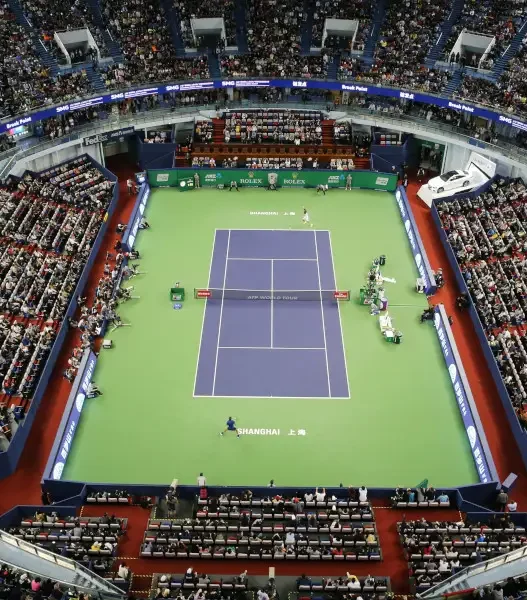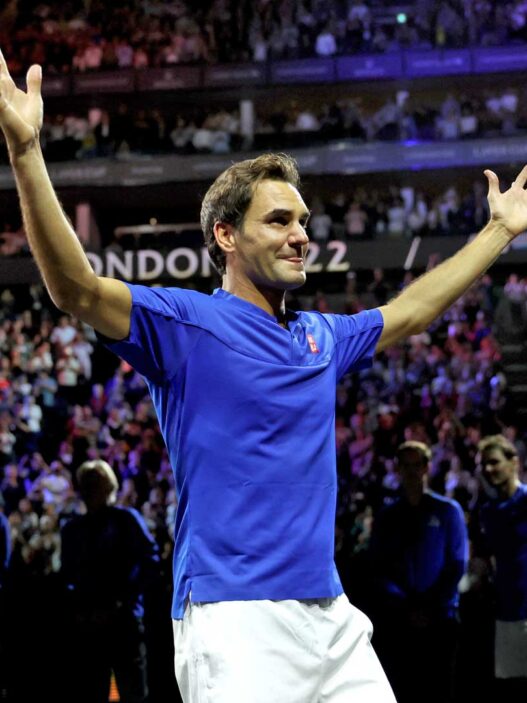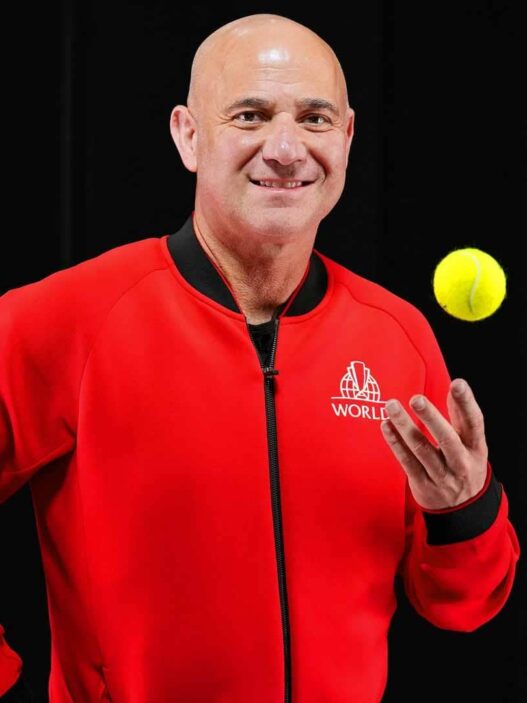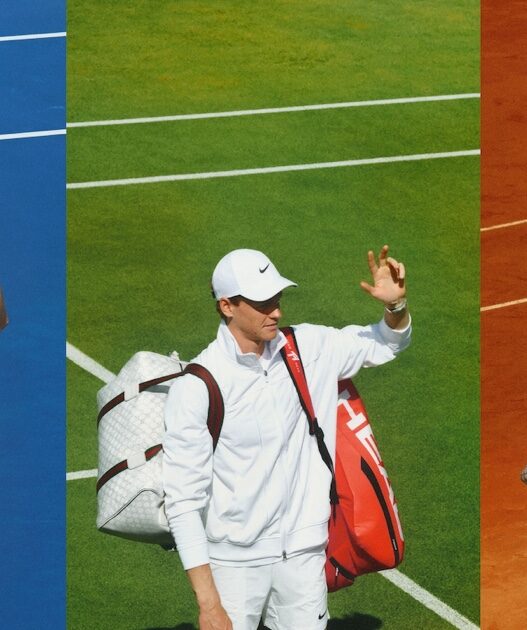Jack Draper’s run at the Australian Open felt like the opening chapter of a story tennis fans have been waiting to read. For years, Draper has been discussed in the same breath as Britain’s brightest hopes, a rising star with a lefty serve that cuts through the air like a whip and groundstrokes that pound opponents into submission. But Melbourne was different. In Melbourne, we saw not just the promise of Draper’s talent but the resilience of a young man intent on pushing himself to the limit—even as that limit threatened to push back.
When Draper stepped onto the sunbaked courts of the Australian summer as the 15th seed, it wasn’t just his tennis under scrutiny—it was his body. For all his promise, Draper’s career has been punctuated by injuries that have kept him on the sidelines as much as on the court. The whispers about his durability, his ability to handle the physical grind of the tour, were growing louder. Over the course of three grueling five-set victories, Draper answered those whispers with the kind of physical and mental fortitude that suggested he’s ready to stake his claim among the sport’s elite. But by the time his run came to an end in the fourth round, retiring against Carlos Alcaraz due to injury, the whispers had returned, albeit with a different tone: Could Draper’s body handle the demands of his ambition?
In his first-round match, Draper faced Mariano Navone, a relatively unknown Argentine, in a match that should have been straightforward but turned into a four-hour grind. The Australian Open, with its brutal heat and relentless crowds, often has a way of stretching the early rounds into marathons. Draper, however, seemed unfazed. His serve was on point, his forehand sharp, and his ability to reset after losing the third set was notable. He closed out the match with a mixture of power and poise that belied his 22 years. It was the kind of win that players need in the early rounds of a major—not flashy, not dominant, but quietly impressive.
The second round brought Thanasi Kokkinakis, the charismatic Australian who thrives on home-court energy. Draper found himself in a cauldron of noise, facing a player who was feeding off the crowd’s energy. It could have been overwhelming, but Draper embraced the chaos. Down two sets to one, he clawed his way back, forcing Kokkinakis into longer rallies, hitting sharp angles that stretched the Australian wide, and finding his first serve when he needed it most. By the time Draper sealed the match, 6-3 in the fifth, he had silenced the crowd and announced himself as a player who could weather storms both literal and metaphorical.
Against Aleksandar Vukic in the third round, Draper’s endurance was again tested. The match swung wildly, with Vukic taking a two-sets-to-one lead before Draper mounted another comeback. This time, it was his ability to handle pressure that stood out. The match went to a deciding tiebreak, and Draper played it like a veteran, mixing aggression with measured defense. It was his third consecutive five-set win, and by the time it ended, Draper had spent over twelve hours on court in just three matches. The toll was becoming visible in his movement, in the way he winced between points. Still, he moved forward, even as his body began to betray him.

The fourth round was supposed to be a marquee matchup against Carlos Alcaraz, the reigning world No. 1 and the sport’s new standard-bearer. Instead, it was a somber affair. Draper started strong, pushing Alcaraz in the opening set, but by the second, it was clear something wasn’t right. His movement was labored, his explosive power muted. After losing the first two sets, Draper retired, citing a hip injury that had been nagging him before the tournament even began. It was a disappointing end to an otherwise thrilling run, and it reignited questions about Draper’s physical durability.
Yet, for all the frustration of that ending, Draper’s performance in Melbourne offered reasons for optimism. His game is there—he has the tools to compete with the best. His serve is a weapon, his forehand heavy and precise, his backhand reliable under pressure. He moves well for his 6’4” frame, gliding rather than lumbering around the court. What sets Draper apart, though, is his mindset. There’s a grittiness to him, a willingness to stay in points longer than his opponent, to dig deep even when the odds are stacked against him.
What Draper’s run also highlighted is the precarious balance between talent and physical resilience in modern tennis. The tour is a grind, a relentless calendar that stretches from January to November, from the blistering Australian summer to the clay courts of Europe, to the hard courts of North America and back again. Players like Draper, whose games are built on power and athleticism, face an even greater challenge in managing their bodies. For Draper, injury management will be as critical as any technical adjustment he makes in the coming years.
The British press, always eager to anoint the next great player, has understandably placed Draper in the shadow of Andy Murray. Comparisons are inevitable, but they are also premature. Murray, for all his brilliance, built his legacy on years of grinding out results, winning not just with talent but with an almost inhuman level of endurance. Draper’s challenge will be to find his own path, one that acknowledges his physical limitations while allowing his talent to shine.
As the 2025 season unfolds, Draper’s goals are clear: stay healthy, build momentum, and establish himself in the top 10. He’ll need to carefully choose his schedule, prioritizing rest and recovery as much as match play. The potential is there for a breakout year. His performances against Kokkinakis and Vukic showed he has the ability to win under pressure, and his willingness to fight through pain demonstrated a toughness that can’t be taught.
Whether Draper fulfills the lofty expectations placed upon him will depend on factors both within and beyond his control. But in Melbourne, we saw glimpses of what he could become: a player with the game to challenge the very best and the grit to endure whatever the sport throws at him. The question, as always with rising stars, is not just what he can do, but how long he can sustain it. For now, Draper remains a tantalizing prospect, a player who could shape the future of British tennis if his body allows him the chance.




